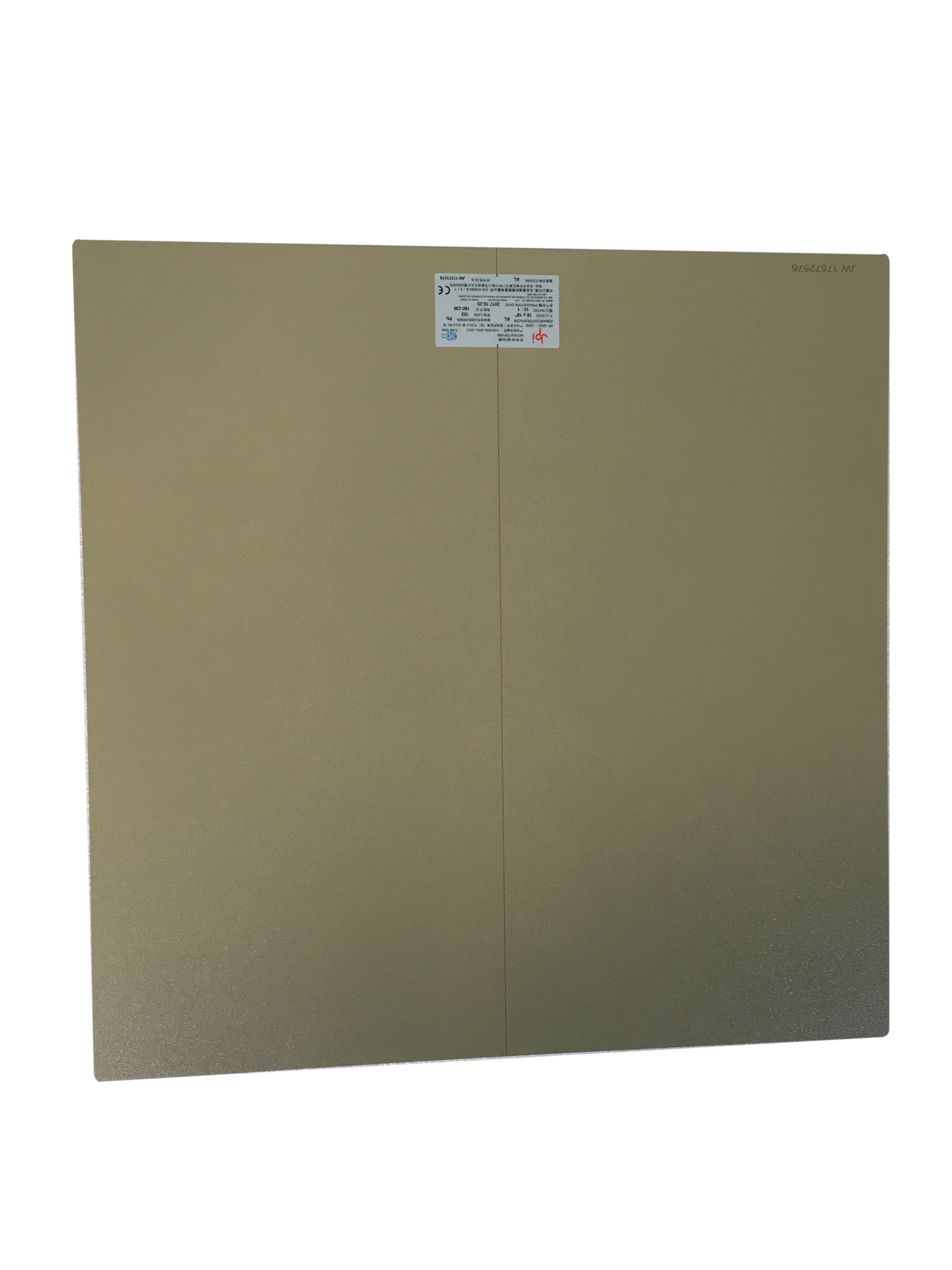Grid frequency radiology is used to filter out the influence of scattered rays on the film. In order to filter out the influence of scattered light on the film, it should be placed between the human body and the film. Most of the scattered rays can be filtered out, and only a small part of the scattered rays can be missed. When X-rays pass through the human body, the Compton effect produces scattered rays, which blur the picture and reduce the contrast. In order to improve image quality, it is necessary to reduce the influence of scattered light on photos, and the most effective method is to use an X-ray grid.
In clinical applications, generally many people think that the higher the grid ratio of grid frequency radiology, the stronger the ability to eliminate scattered rays and the greater the exposure of the patient. The higher the grid density, the greater the dose to the patient. In fact, this is not to say that the higher the grid ratio, the higher the grid density, the better.
In daily work, you need to select the appropriate grid frequency radiology according to the size of the KV used. For example, when using high-kilovolt photography, it is best to use a 10:1 or 12:1 grid. For areas with a thickness greater than 14cm, generally an 8:1 or 10:1 grid can be used. The grid with high grid density is usually a fixed grid. Without the use of the grid, the patient’s dose will increase many times.
Therefore, when using grid frequency radiology, the following two factors should be kept in mind: First, increasing the grid ratio of grid frequency radiology will increase the dose; secondly, grid frequency radiology with high grid ratio is generally used for high kilovolts photography.
If you need grid frequency radiology, please contact us.

Author:Lillian
Tel: +86 18953679166
Email: service@newheek.com
Company: Weifang Newheek Electronic Tech Co., Ltd.
Address: E Building of Future Star Scientific Innovation Industrial Zone of No.957 Wolong East Street, Yulong Community, Xincheng Sub-District Office, Weifang Hi-tech Zone, Shandong Province, China